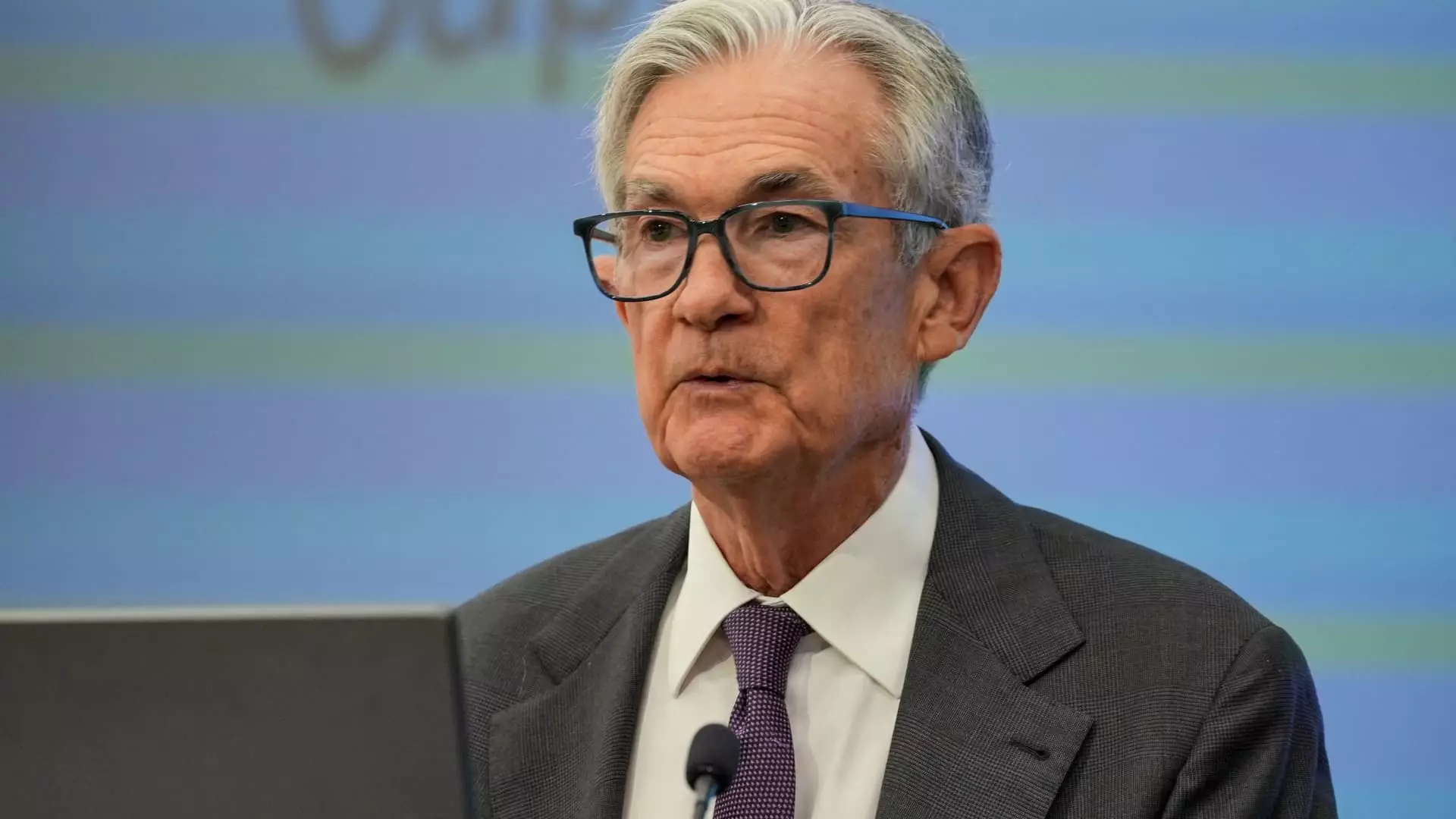As Federal Reserve Chair Jerome Powell prepares for what is likely to be his final keynote at the Jackson Hole symposium, the weight of the moment cannot be overstated. The environment in which he speaks is unprecedented—marked by relentless political attacks, an uncertain economic outlook, and an institutional struggle to maintain credibility and autonomy. Unlike past speeches characterized by a steady, unshakeable demeanor, Powell is navigating a landscape riddled with turbulence, with the stakes higher than ever for financial markets, policymakers, and the economy at large.
In recent years, Jackson Hole has served as a platform for significant policy signals, often shaping market expectations and highlighting shifts in the Fed’s methodology. This year, Powell’s words carry even greater significance. His ability to project calm and stability, while subtly resisting political interference, will fundamentally influence investor confidence and longstanding debates about the Fed’s independence. At a time when political pressures are mounting from the highest levels of government, Powell’s tone and messaging could either reinforce the Fed’s stature as an unbiased institution or undermine its credibility if perceived as capitulating.
The Political Storm: Challenging the Fed’s Sovereignty
The political environment surrounding this speech is unique and highly charged. President Donald Trump’s administration has not shied away from attacking the Fed publicly, pushing for lower interest rates, and questioning the institution’s motives. These criticisms aren’t mere rhetoric—they are attempts to sway policy decisions and undermine the Fed’s independence. Trump’s criticisms have ranged from calls for rate cuts to personal insults directed at Powell, and even speculations about removing key officials.
The White House’s recent focus on the Fed’s headquarters reconstruction and allegations against Fed Governor Lisa Cook exemplify the political tactics employed to influence or at least intimidate the central bank. Powell, in this fraught context, faces a critical challenge: how to affirm the Fed’s autonomy without provoking further ire or appearing partisan. His previous consistent stance of emphasizing data-driven decisions and safeguarding independence suggests he will continue that approach, yet the pressure may force subtle nuances into his messaging.
The risk here is that any perceived concession could be exploited as a sign of vulnerability, eroding trust in the institution. Conversely, a firm stand emphasizing the importance of independence might further entrench political attacks but could also bolster the Fed’s credibility in resisting external pressures. Powell’s rhetoric in Jackson Hole may serve as a symbolic yet powerful affirmation of the Fed’s resolve to operate free from political meddling.
The Policy Dilemmas: Navigating Rate Movements and Inflation Expectations
Beyond politics, the real challenge lies in policy guidance. With economic conditions remaining unpredictable, Powell’s speech is poised to influence expectations around upcoming monetary moves. Market consensus suggests that the Fed is contemplating a rate cut as early as September, yet differing views persist among policymakers.
Some officials are wary of premature easing, citing solid labor markets and persistent inflation concerns. Others, leaning toward more aggressive cuts, argue that the economy warrants stimulus to prevent a downturn. Powell’s task is to craft a message that balances these conflicting perspectives, without tying himself prematurely to a concrete decision that might prove misguided once new data arrives.
The central theme will likely revolve around “flexible average inflation targeting,” a framework Powell has championed to allow inflation to run temporarily above target levels, particularly to support employment and underrepresented groups. However, mounting inflationary pressures and a potential pass-through from tariffs threaten to complicate this approach. Critics argue that the policy framework needs recalibration—returning to a preemptive stance that acts swiftly to counter rising inflation before it becomes entrenched.
Powell’s stance on this matter will shape not only immediate policy decisions but also the long-term credibility of the Fed’s inflation management. His narrative must convince markets that the institution is adept at navigating complexities without losing sight of its dual mandate—maximum employment and stable prices.
The Long View: Revisiting Inflations, Frameworks, and Future Trajectories
This year’s Jackson Hole address is also an opportunity for Powell to clarify the future direction of the Fed’s policy framework. The adoption of “flexible average inflation targeting” was meant to foster patience during the post-pandemic recovery, but the prolonged overshoot of inflation has placed that doctrine under scrutiny.
Many experts believe the Fed will take this occasion to signal a reversion to more conservative preemptive policies. This shift could involve revising or reinterpreting the forward guidance outlined in recent years, emphasizing a more vigilant stance toward inflation and less tolerance for letting it rise unchecked. The implications are profound—they suggest a recalibration of the long-term strategy to restore inflation expectations to levels consistent with the Fed’s original goals.
As Powell prepares his speech, he must delicately balance transparency and firmness. His words will influence everything from bond yields to market risk assessments and may set the tone for fiscal policy debates in the coming years. His capacity to position the Fed as a resilient, independent body capable of steering through storms with clarity and consistency will be scrutinized given the political pressures.
Powell’s Last Stand or the Beginning of a New Chapter?
In many ways, this Jackson Hole address could mark a turning point—not just for the current monetary policy cycle but for the broader identity of the Federal Reserve itself. Powell has tried to strike a careful tone in the face of unprecedented challenges. Still, the core question remains: Will his words reaffirm the Fed’s independence and protect its long-term credibility? Or will they reveal vulnerabilities that political actors can exploit?
Ultimately, Powell’s speech will serve as both a reflection of the pressures faced and a declaration of resilience. His ability to articulate a clear, confident vision amidst chaos will determine not only market reactions but also the future character of the institution entrusted with safeguarding America’s economic stability. At this critical juncture, Powell’s words resound as a testament to the strength—and the fragility—of the Fed’s independence in an era of relentless political turbulence.

